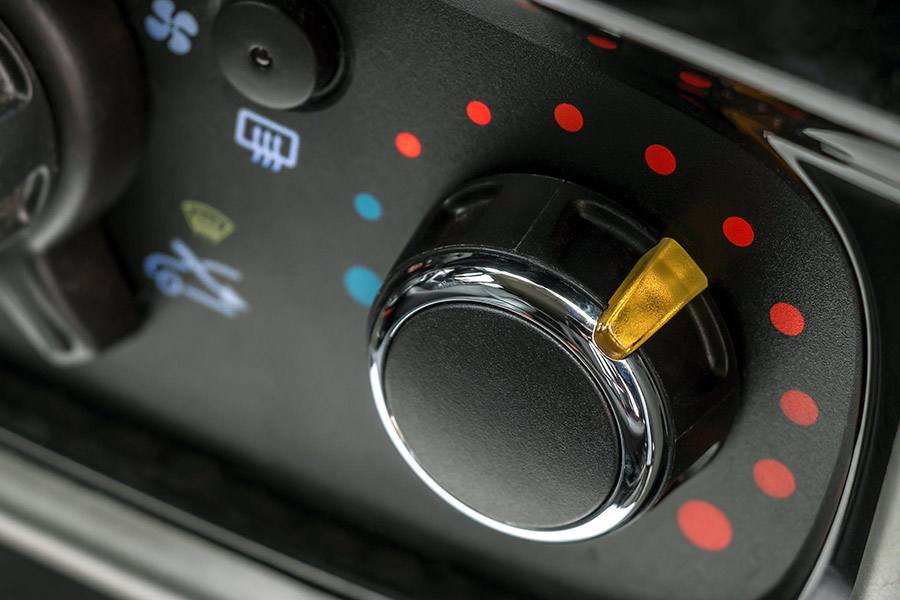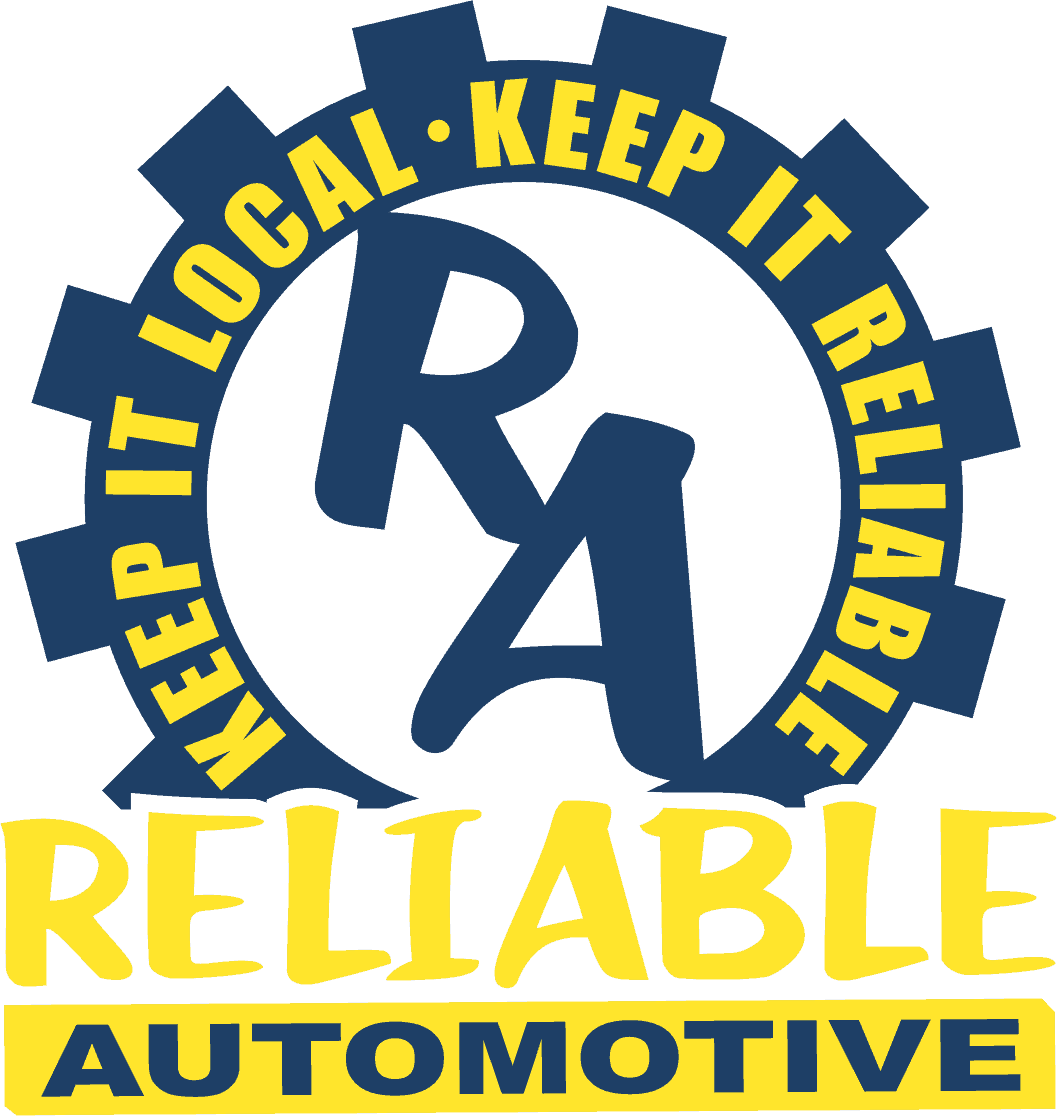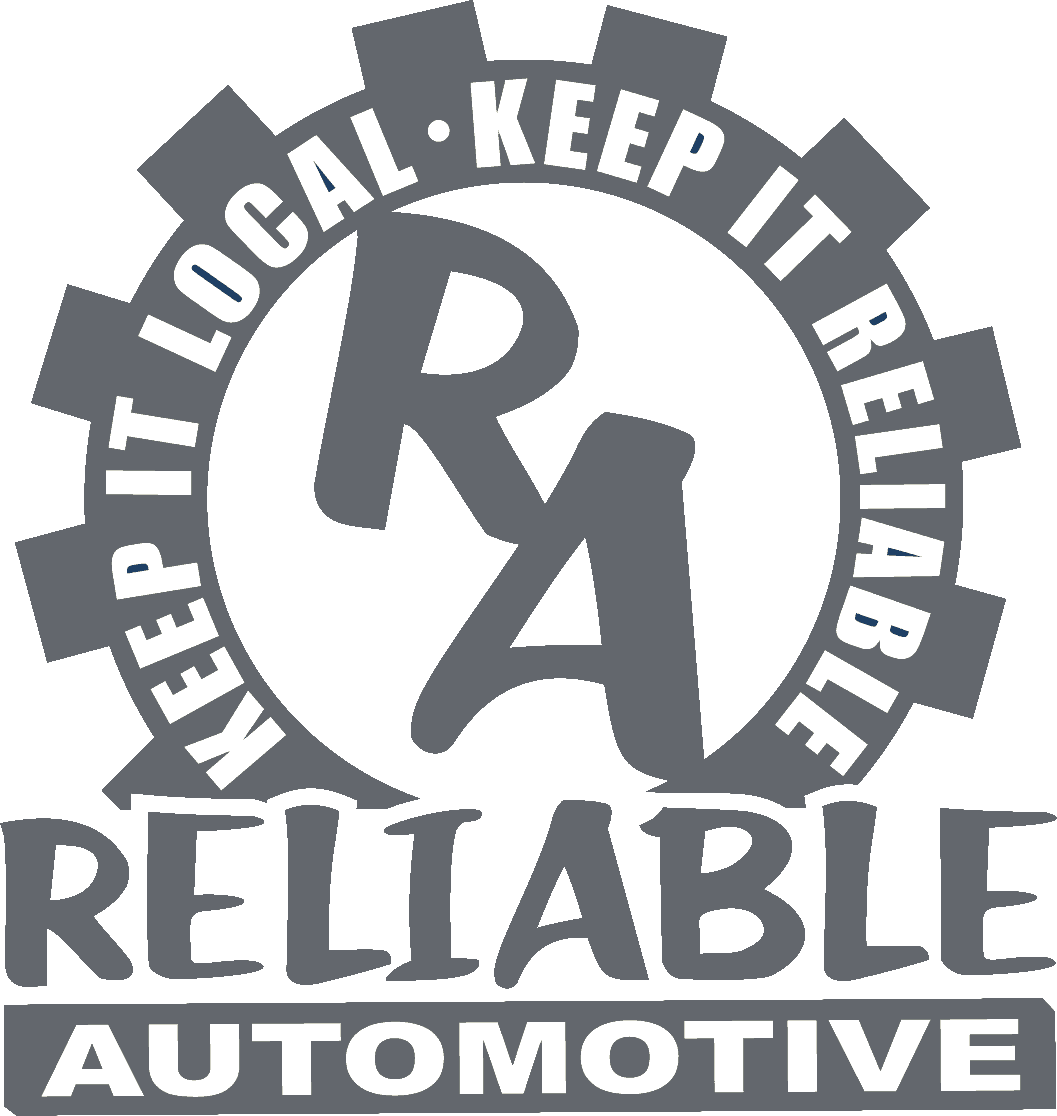
There is one problem that no one wants to be surprised by on a frigid morning, a broken car heater. What causes them to fail, how to fix them, and how to prevent them from breaking down? Well, heating units in cars function much the same as a home furnace system, but on a smaller scale. Since the heater in a car has a lighter workload than the heating system in a home, it is much less robust and will require more maintenance. However, since they are based on the same design, it is easy to find solutions when they run awry. Here are some common problems associated with automotive heating systems and some solutions to prevent failure and malfunction.
- Thermostat Issues
- Filtration Issues
- Electrical Issues
- Mechanical Issues
Thermostat Issues
The first point of failure for an automotive heating system is something that is often overlooked, the temperature control. Almost every car today is controlled by an electronic thermostat, transmitting a chosen temperature setting into the electrical signals to produce heat and pump it into the car’s cabin. What is a simple action for the owner of a car to just turn a dial for hot air to come out, is actually a complex electronic and mechanical interaction. Although, the thermostat will usually outlast the mechanical parts of the actual heating unit, it cannot be overlooked when troubleshooting the system. The easiest way to diagnose potential thermostat problems would be having it looked at by a professional. There simply is no easy way to see if it is the problem.
Filtration Issues
Another often overlooked aspect of the heating system are the filters. As the system works to heat and cycle air, there are constantly dust particles being deposited on its filters and airways. Over time, these reduce air flow through the system, putting excess strain on the motors and valves. If left unchecked, particulate build up can cause the heater’s motors to burn out, or cause valves and pipes to fail. Luckily, filtration issues are the easiest to prevent. All that needs to be done is implement a regular cleaning schedule on the heaters filters. However, if a clogged system causes motors to burn out, valves to fail, or seals to break, the best solution is contacting a professional.
Electrical Issues
A car heating system today is not only controlled by electrical components (thermostat controller), but is also regulated internally by a small computer. As with any computerized system, problems can arise by no fault of the operator. Sometimes, circuits burn out, causing the system to malfunction or fail to work altogether. Unfortunately, the only thing to solve this issue is contacting an expert.
Mechanical Issues
There are many moving parts that come together to produce heat in an automobile. Essentially, coolant heated by the engine is brought into pipes that heat up the air which is blown into the car. The process is a lot more complex than that in practice, but there are dozens of places where parts can wear out, causing the system to fail. Regular maintenance is the best way to prevent your heater from breaking.
To recap, the heater in a car is much like a heating system in a home but on a smaller scale. With proactive maintenance and regular cleaning, it will work for years and years.






